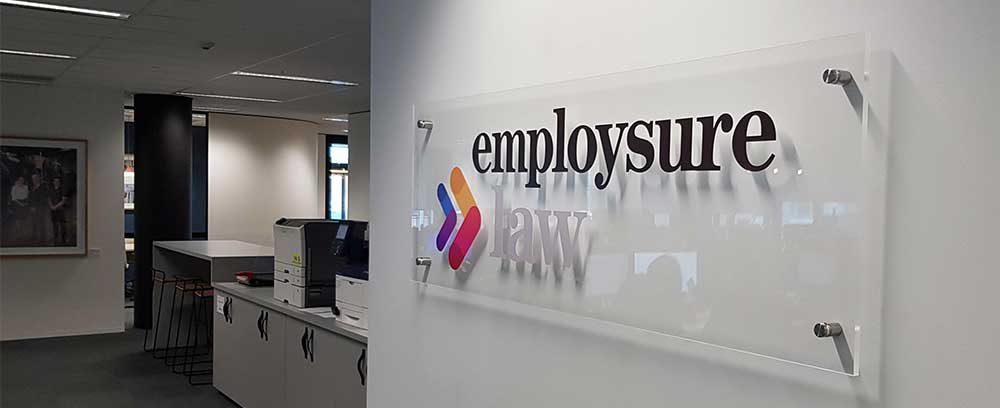In modern offices, you’d have seen lots of glass surfaces. But more often than not, they aren’t made of glass — this glass is stronger, easier to clean, and won’t crack easy. It’s probably acrylic.
Poly(methyl methacrylate) also popularly called acrylic or acrylic glass is a transparent thermoplastic material used as a sheet in various applications. It’s lightweight and shatter-resistant, making it suitable for use in several industries, such as car windows, smartphone screens, and aquariums. PMMA has multiple technical benefits over the glass. Here are more key benefits and properties of PMMA.

Properties and advantages of PMMA
PMMA shows glass-like properties, such as transparency, clarity, and robustness. This acrylic glass allows about 92% of light to pass through. This plastic material is environmentally stable, making it appropriate for use in most outdoor applications.
Acrylic glass is also known for its toughness and durability. It’s a lightweight thermoplastic with excellent scratch resistance. Most products manufactured using PMMA exhibit low moisture and water absorbing properties to give them stability.
Most importantly, PMMA has remarkable resistance to UV light and weathering. Most commercial acrylic glasses are UV stabilized to improve their resistance to sunlight exposure. Hence, they are ideal for outdoor applications, especially where applications will have long-term environmental exposure.
Acrylics are not affected by chemical exposures where water is the solvent, such as detergents, dilute inorganic acids, cleaners, and alkalies. Because pure PMMA might not meet the requirements of certain applications, additives are used to improve its properties like impact resistance, flame retardancy, chemical resistance, and UV light filtering.
Uses of PMMA
PMMA materials are transparent, lightweight, exhibit excellent toughness, and has been used in various industries over the years. Here are some of the industries that use different types of PMMA grades:
- Architecture and construction industries prefer using PMMA mainly because of its great UV light and impact resistance. It also provides excellent light transmission and heat insulation. Therefore, most people favor it for the construction of their greenhouses and aquariums.
- PMMA sheets are ideal when designing LED lights to maximize their light transmission capacity. They are used for the manufacturing of lamps because they are transparent and provide perfect optical properties.
- Automotive and transportation industries use it in car windows, fenders, interior and exterior panels, windows of ships, and many more. Colored PMMA sheets are also used in light covers for car indicators.
- PMMA is renowned for its great optical clarity, scratch resistance, and excellent light transmission. As a result, it’s commonly used in laptops, LCD/LED TV screens, smartphones, and many other electronic equipment displays. Besides, it’s also used in solar panels because of its superior UV resistance and light transmission properties.
PMMA recyclability
PMMA is 100% recyclable and non-biodegradable plastic material. There are various ways you can recycle PMMA. Most of the time, it involves heating it in the absence of oxygen, a process called pyrolysis. Recycled PMMA material can be turned into sheets that can then be used in the manufacturing of doors, windows, the advertising industry, and many more. If you decide to go the PMMA route, Regal Plastics: Clear Acrylic can provide you with the right ones for your project.
You will be pleased to know that PMMA is a BPA-Free and is not toxic in solid form. Even better, it’s not harmful to human tissue and was usually used as a component of contact lenses. In the medical industry, they use PMMA for bone replacement and dentures.
